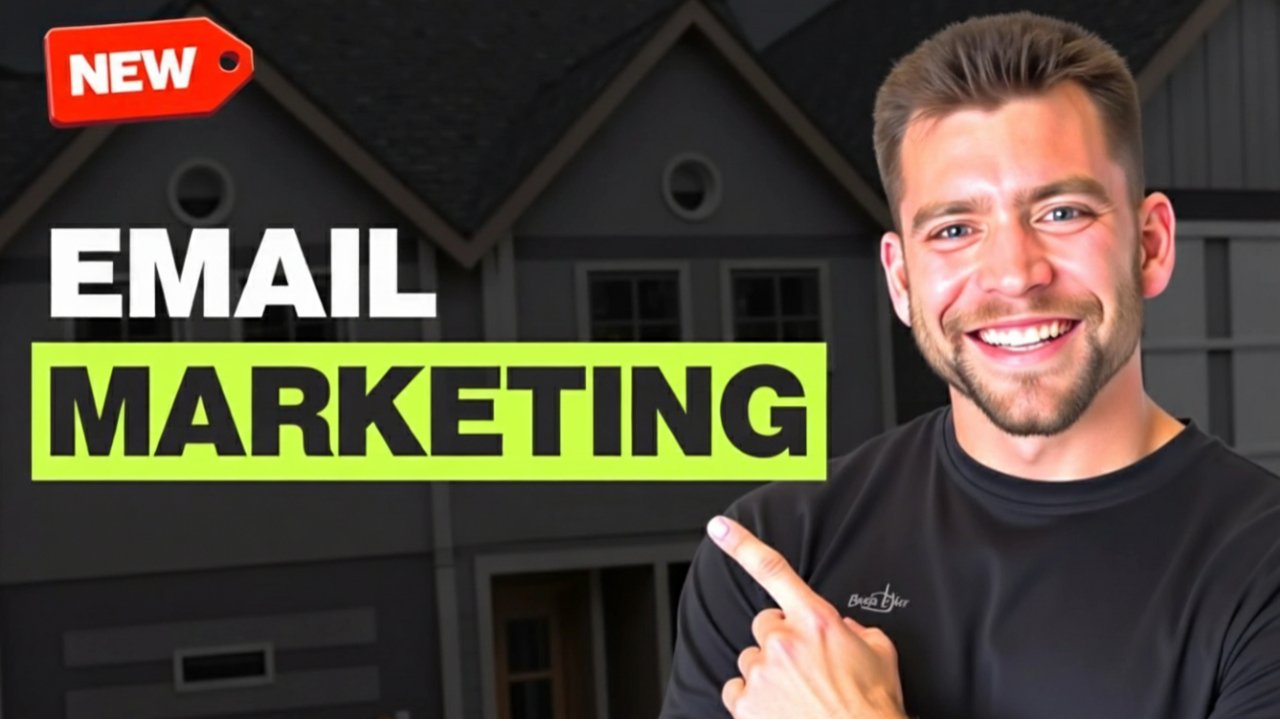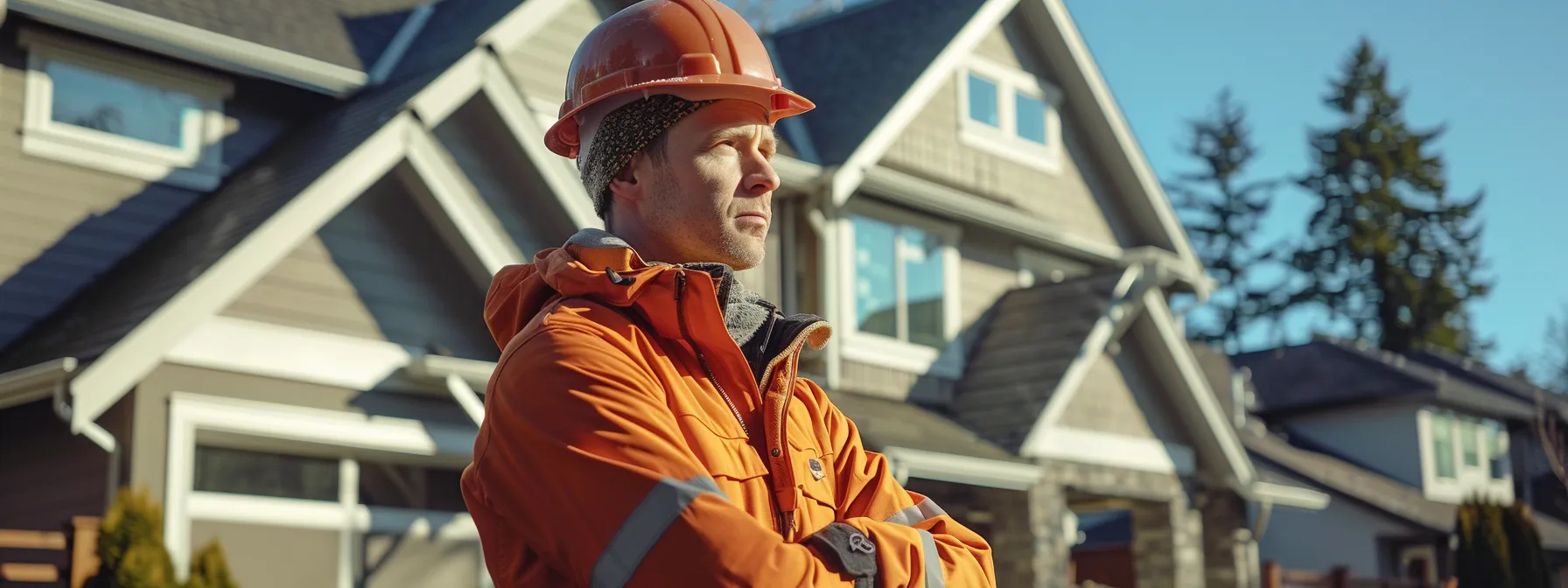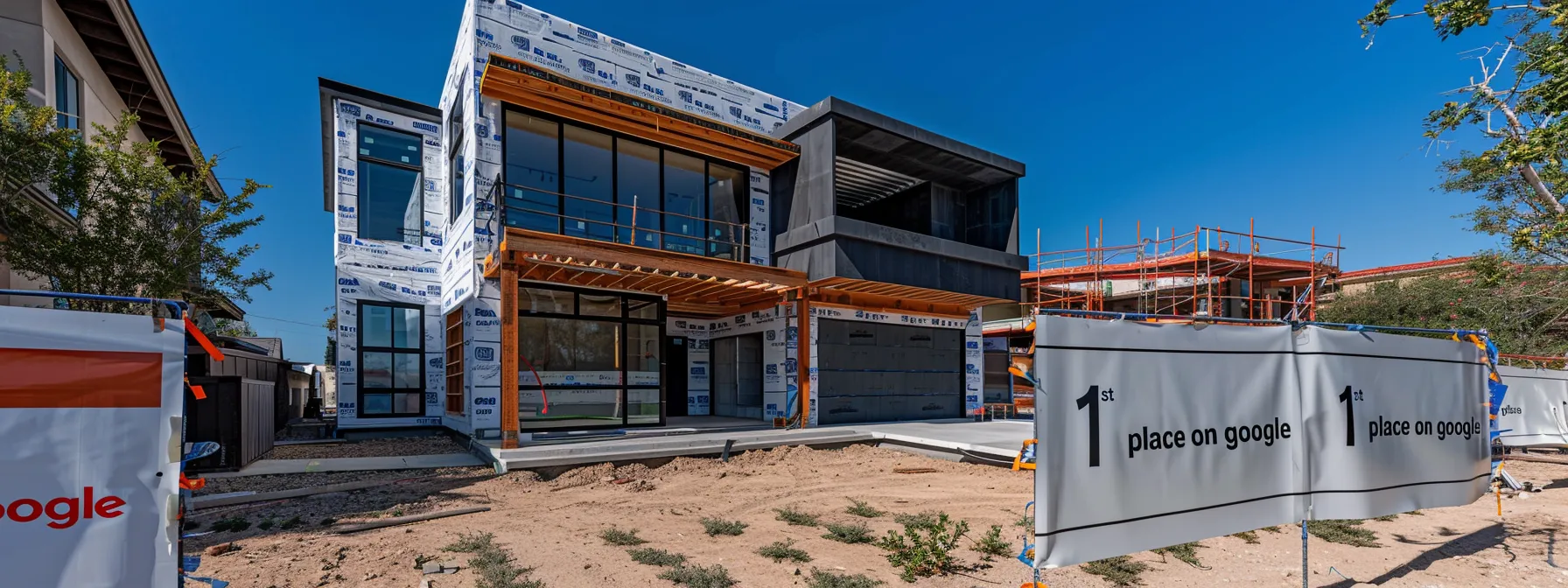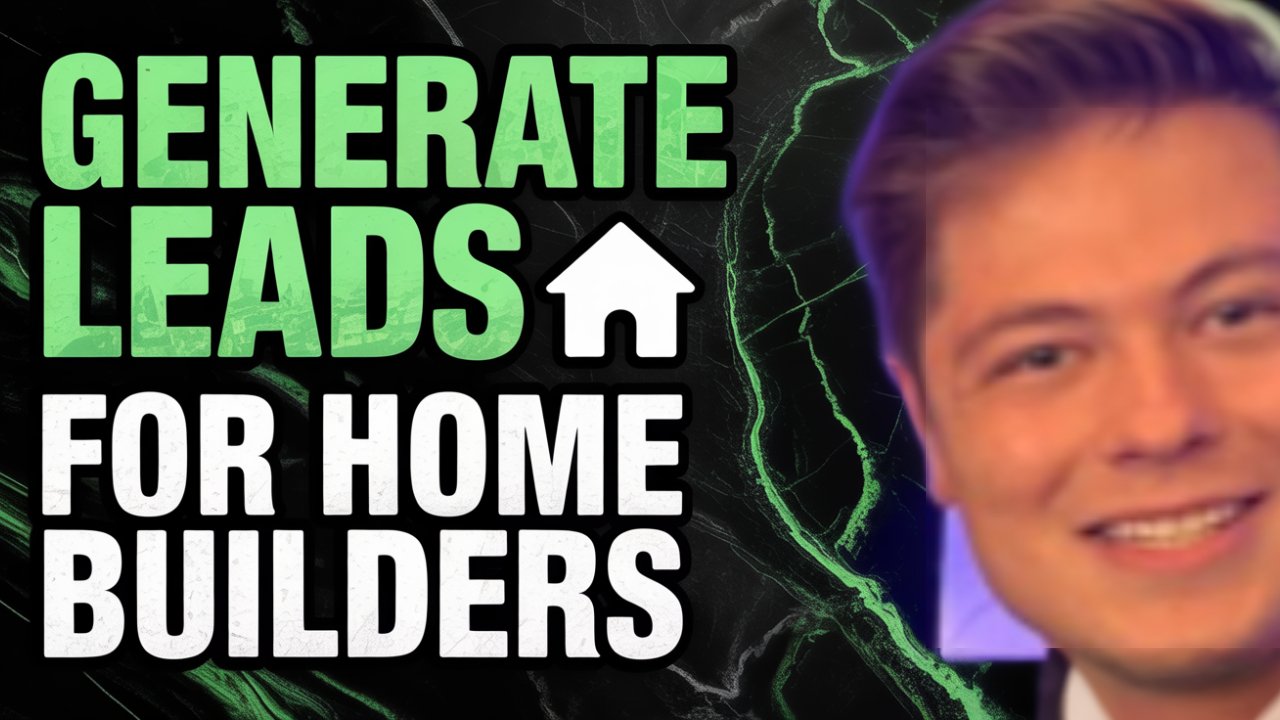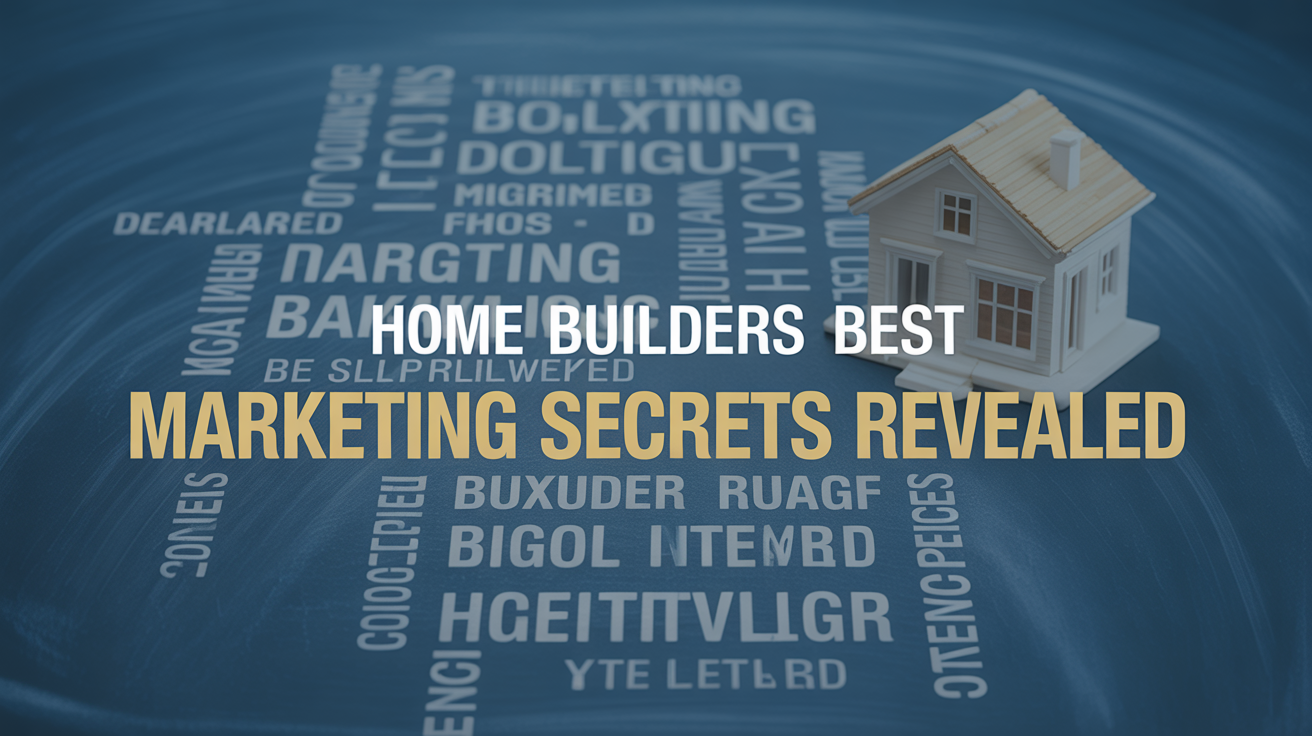In today’s home building industry, selling homes isn’t just about craftsmanship — it’s about relationships, trust, and consistent communication. Buyers are informed, expectations are high, and comparison shopping is only a click away.
That’s why email marketing isn’t just another marketing tool — it’s a must-have for homebuilders who want to generate quality leads, increase conversions, and maintain strong relationships through the entire buyer journey and beyond.
What Makes Email Marketing Powerful for Homebuilders
- High ROI and Cost-Effectiveness
Compared to traditional and paid digital ads, email is one of the most cost-effective marketing channels. Once your list is built, you can reach leads consistently with minimal cost and high return. - Direct Communication & Control
With email, you’re not reliant on algorithms or platforms. You own the list, control the messaging, and engage your audience directly—on your terms. - Lead Nurturing at Every Stage
Email is ideal for the long sales cycle in homebuilding. It allows you to keep leads warm, stay top-of-mind, and deliver the right message at the right time.
Key Components of Effective Email Marketing for Builders
- Build a Quality List
Collect emails at every possible touchpoint—your website, model home visits, open houses, social media, and home shows. Offer value in exchange: downloadable guides, exclusive floor plans, or access to home buyer webinars. - Segment Your Audience
Group leads by location, budget, home type preference, or buying stage. This allows you to deliver personalized messages that resonate. - Craft Valuable, Engaging Content
Focus on content that educates and inspires—building timelines, design tips, financing insights, community updates, and recent projects. - Design for Mobile First
Most users check email on mobile. Use responsive templates, concise copy, and high-quality visuals that load fast and look great on any device. - Have Clear CTAs & Journey Mapping
Every email should guide the recipient to the next step—book a tour, download a guide, view a gallery, or request a consultation.
Best Practices & Tips
- Write Subject Lines That Spark Interest
Use curiosity, urgency, or value-driven hooks. Keep them short and clear. - Set the Right Frequency
Bi-weekly emails tend to perform well. Avoid overwhelming your audience, but don’t go silent. - Keep Your List Clean
Regularly remove inactive subscribers, bounce emails, and run re-engagement campaigns. - Test, Measure, and Improve
A/B test subject lines, layouts, CTAs, and send times. Analyze open rates, click rates, and conversions to find what works. - Stay Compliant
Follow email privacy laws and best practices—always get permission, honor unsubscribes, and include your contact info.
How to Use Email to Move Prospects Through the Buyer’s Journey
| Stage | Email Examples | Purpose |
|---|---|---|
| Awareness | Welcome sequences, blog highlights, helpful guides | Build trust, introduce your brand |
| Interest | Community updates, virtual tours, model home invites | Engage, showcase value, spark excitement |
| Decision | Client testimonials, offers, financing options | Reduce friction, convert interest to action |
| Post-Sale | Project updates, client care, referral incentives | Deliver satisfaction, build loyalty |
Tools, Metrics & Measuring Success
- Key Metrics to Track
Open rate, click-through rate, conversion rate (appointment or sale), list growth, unsubscribe rate, and overall ROI. - Useful Tools
Use an email service provider with automation, reporting, and CRM integration. These tools help streamline your strategy and scale as you grow. - Set SMART Goals
For example: “Increase appointment bookings via email by 25% in 6 months” or “Grow engaged subscriber list by 500 in Q4.”
Challenges & How to Overcome Them
- Long Sales Cycles
Create nurturing drip campaigns that span weeks or months and provide value consistently. - Content Fatigue
Avoid repetitive or overly promotional emails. Mix educational, inspirational, and promotional content. - Low Engagement
Re-evaluate subject lines, visuals, segmentation, and timing. Ask for feedback and adjust based on behavior. - Deliverability Issues
Maintain a clean list, avoid spammy language, and ensure your domain is authenticated properly.
Real-World Examples
- A custom builder created a welcome series with visuals and FAQs that increased show-home visit bookings by 35%.
- Another launched a segmented campaign promoting townhome developments by location, resulting in 40% higher click-through rates.
- A third added a post-sale referral email 30 days after closing and began generating 2–3 leads per month from existing clients.
Conclusion & Next Steps
Email marketing is a cornerstone of modern homebuilder marketing. It allows you to control your message, nurture leads over time, and convert buyers in a personal, high-impact way.
Next Steps:
- Audit your current email strategy.
- Choose one area to improve—segmentation, visuals, automation, or CTA clarity.
- Start building out your drip sequences based on the buyer journey.
The sooner you start, the sooner you’ll see the difference in lead quality, conversion rates, and client engagement.
FAQ
Q: How often should a homebuilder send emails?
A bi-weekly cadence is a good baseline. Consistency builds trust—but only send when you have something valuable to say.
Q: Is email marketing still effective in 2025?
Yes. Email continues to deliver one of the highest ROIs across all industries and is especially useful for high-investment, long-sales-cycle industries like homebuilding.
Q: What kind of content works best in homebuilder emails?
Educational content, visual walkthroughs, new project announcements, testimonials, checklists, and financing advice all perform well.
Q: Do I need professional images or videos?
Professional visuals help, but don’t wait. High-quality phone photography, renderings, and customer-submitted photos are a great place to start.

